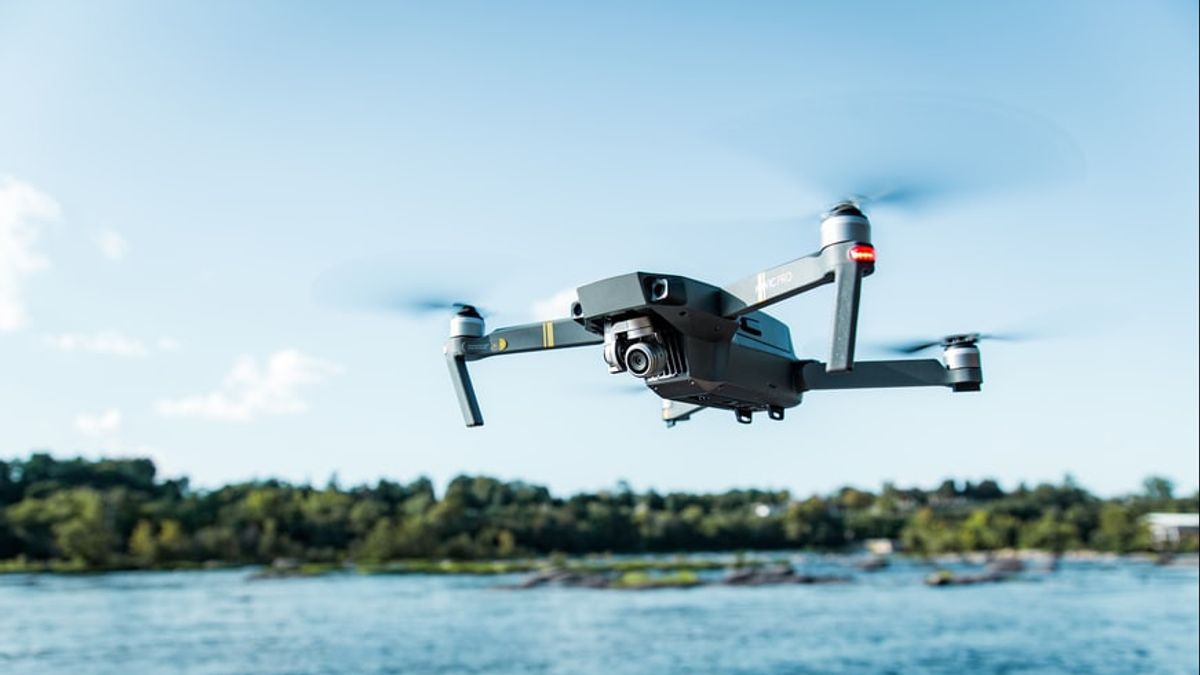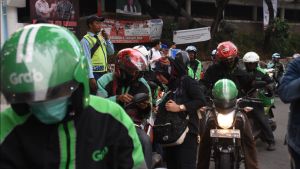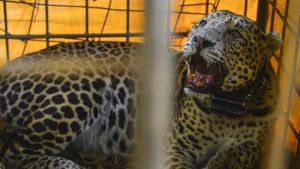JAKARTA - On January 18 2018, two teenage boys were rescued by a drone that was being tested in Australia. This makes it the world's first rescue mission to be carried out by a drone.
"This is the first rescue in the world," said New South Wales Deputy Prime Minister John Barilaro.
Launching DW, in addition to being equipped with a flotation device, Australia is also testing a drone capable of detecting sharks, jellyfish and other predators underwater. The Australian side uses an artificial intelligence algorithm based on a large number of photos.
The drone can spot a potential emergency from 60 meters above the water and travel at speeds of up to 50 kilometers per hour. This fact was reported by the rescue organization Surf Life Saving, which tested the drone.
The two teenagers who were rescued were boys aged 17 and 15. The two were caught in the waves while swimming off the coast of Lennox Head in the Australian state of New South Wales. Beachgoers saw them continue to struggle with waves as high as 3 meters and immediately alerted the coast guard.

Fortunately, the coast guard is preparing for a drone test session. The drone pilot deployed the device from about a kilometer away and found the two. The drone then dropped a life vest near them. They can be pulled ashore thanks to sticking to the buoy.
"I was able to launch it, fly it to the site, and bring it all down (rescue buoy) in about one to two minutes," said coast guard supervisor Jai Sheridan.
Without the drones, the coast guard took three times as long to reach the two teens. Parliamentary Secretary Ben Franklin observed that fatigue can be one of the main causes of drowning at sea.
Drone the saviorDrones have become a reliable technology to save the lives of others. In Rwanda, for example, drones can cut the delivery time of life-saving drugs to remote areas from four hours to one hour.
According to The Guardian, the partnership between Zipline, a Silicon Valley robotics company and the country's health ministry often sends thousands of bags of blood, often in life-saving situations. Never before had patients in this country received blood so quickly and efficiently.

Meanwhile, the use of commercial drones in developed countries is often hampered by busy airspace and sky permits. Zipline delivers blood to 12 regional hospitals from a base in eastern Rwanda. Each hospital serves about half a million people.
The use of drones also helps reduce maternal deaths from blood loss during childbirth. Delivery of blood bags by drone also reduces the high incidence of anemia from malaria, which is common in children. Drone delivery also means hospitals need to store less blood, meaning less waste of damaged blood.
*Read other information about TODAY's HISTORY or read other interesting articles from Putri Ainur Islam.
TODAY'S HISTORY MoreThe English, Chinese, Japanese, Arabic, and French versions are automatically generated by the AI. So there may still be inaccuracies in translating, please always see Indonesian as our main language. (system supported by DigitalSiber.id)










